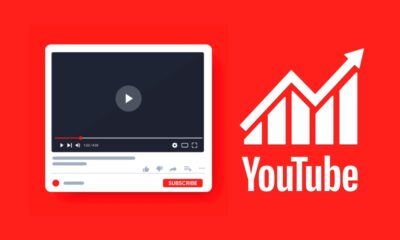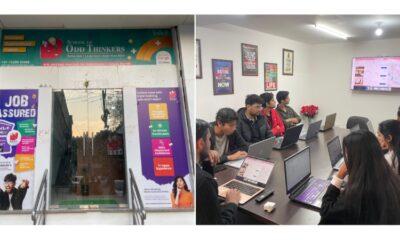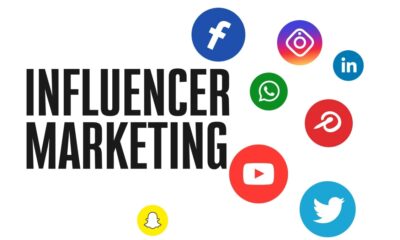Business
Why Marketing Still Needs Creativity? 3 Ways to Increase Creativity in Digital Marketing
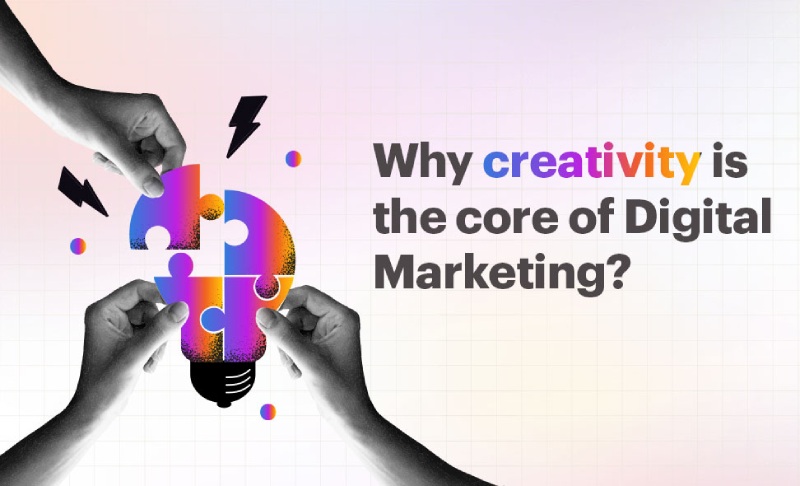
The most effective digital marketers never have enough data. In 2024, every successful marketing company will need to be able to use the quantitative insights relevant to any campaign to develop strategies that can be implemented.
Yet, it is simple to get lost in the numbers. There is now more data than ever before. Even though all factors of a campaign technique should be based on data, creativity is the element that sets a successful campaign apart. This creativity cannot be programmed by a computer.
Algorithms and buyer’s journeys have reduced every task to a single step in a decision tree or flow chart, which is true that marketing has developed into a science more than ever before. To stand out in a competitive marketplace, however, each process still requires some human ingenuity. Let’s take a closer look at why and how creativity still matters in marketing.
Why Marketing Still Needs Creativity
Your message will stand out from the sea of information if you are creative. More than any algorithm-generated insights, customers and clients respond to messaging that speaks to them on a personal level. Any long-term effort to establish brand equity must begin with cultivating a sense of personal familiarity with your brand and preserving it over time. Organizations in the B2B and B2C spaces appreciate the need to creatively evolve and respond to changing trends while retaining a consistent voice.
Of course, marketers cannot prioritize creativity at the expense of data-driven insights. However, you might want to take the opposite strategy to its logical extreme: total reliance on quantitative inputs and AI-generated content. The message may be close to its engaged audience, but it will always miss some subtleties that only a human can understand. Although AI outputs are only as good as their source inputs, no AI output will be as sensitive to the exceptional requirements and preferences of a target audience as a human.
That process ought to be guided by data, but human insight is always the first component in deciding what is possible. We can be the first to realize when something might be possible thanks to creativity. Innovation is a creative application that transforms a novel idea into a useful solution or novel process.
Originality will determine outstanding marketing content from commonplace marketing content. Data-driven recommendations are simple to accept for an ad campaign that has been generalized to get the most engagement. Being everything to everyone is an effective temptation. Your marketing content, on the other hand, will never be able to stand out in the sea of messages that individuals read, hear, and see every day thanks to this strategy.
The return on investment (ROI), engagement, and performance impact increase when highly creative advertisements are developed.
Three Ways to Increase Creativity in Digital Marketing
Digital marketing strategies like email, text messaging, and social media platforms, evolved in tandem with practices for online consumer tracking. It’s tempting to win the race to transform consumer data into game-changing insights. When data-driven insights are ignored, it’s easy to fall behind the competition, but creativity sets a marketing campaign apart and propels it forward. Digital marketers thrive when creative insights are applied, giving them the unique ability to make messages stand out through a message or its application.
The challenge lies in applying those creative insights effectively. It is a characteristic of humans to be able to distinguish between two complex messages and determine which will resonate with a target audience and which will not. Original messaging must not only be accurate but also match your data. Marketers with a creative bent need to know when to put their heads down and let the data tell them what to do next. Using your data, for example, you might be able to identify x distinct audiences that you want to target with an advertising campaign. The message for each audience would be crafted uniquely by a human author. Nevertheless, the rate of return on x+1 will ultimately become too expensive.
In a data-driven industry, there are 3 ways to intelligently apply innovative insights:
- Creativity is founded on leadership
The most significant supporters of creativity should be corporate leaders, far more so than any metrics that measure creative effectiveness. When a company’s leaders place a high value on creativity, they know that innovative thinking can be used to shape the design of systems, how challenges are turned into opportunities, how employees collaborate, and how companies interact with customers and other stakeholders. Your marketers’ creative potential can be tapped into in a variety of projects through cross-organizational association.
- Collaboration with creators
To produce new content assets that can be tested, learned from, and optimized for improved performance, advertisers require a substantial creative pipeline. If that is the case, it makes sense that brands in both the B2B and B2C space are forming more and more partnerships with independent digital creators and influencers. These individuals bring in their own audiences as sources of potential demand generation in addition to the creative content that brands want.
- Give data a chance to inspire
Rather than requiring your number crunchers to create original messaging from a data set, it is easier to train a creative marketing team to be data smart. Creators value the clarity provided by data, such as an organization’s target audiences, and then surround it with the appropriate voice or visual appearance. We sometimes minimize the symbiotic relationship that exists between the two areas.
The need for creativity in marketing is as strong as ever, whether it is outsourced or insourced. Campaigns will ultimately produce a higher ROI for leaders who realize this need and promote the creative freedom to push the limitations of their present initiatives.
-

 Festivals & Events4 weeks ago
Festivals & Events4 weeks agoList of March National Days for Small Business Marketing to Boost Your Brand
-

 Business2 weeks ago
Business2 weeks agoNayef Doleh Examines International Humanitarian Fundraising Strategies
-

 Business2 weeks ago
Business2 weeks agoHow Black Banx is Redefining Global Banking Strategies in 2025
-
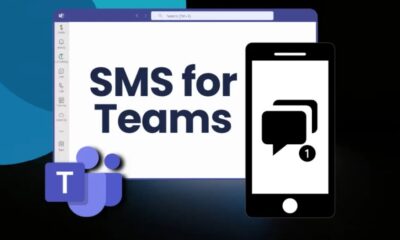
 Tech3 weeks ago
Tech3 weeks agoMicrosoft Teams to End SMS Messaging Feature Support for Android Phones and Switch to Phone Link App as Alternative
-

 Entertainment4 weeks ago
Entertainment4 weeks agoWinning Awards for Your Business to Boost Your Credibility
-
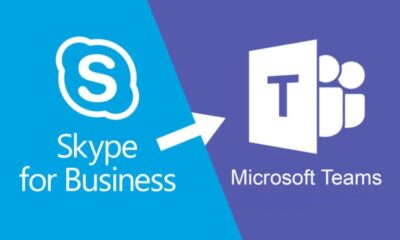
 Tech3 weeks ago
Tech3 weeks agoHow to Switch Between Microsoft Teams and Skype, How To Export Messages, Files, and Contacts from Skype Before It Shutting Down
-
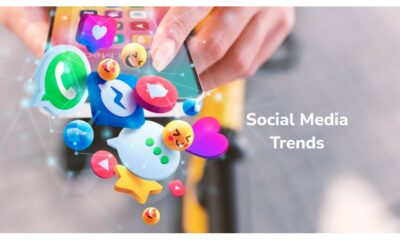
 Startup3 weeks ago
Startup3 weeks agoFrom Trends to Sales: How Small Businesses Can Capitalize and Maximum Reach on Social Media
-

 Education2 weeks ago
Education2 weeks agoThe Power of Differentiated Instruction: Patrick Granfar Discusses Its Impact on Student Learning

